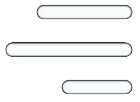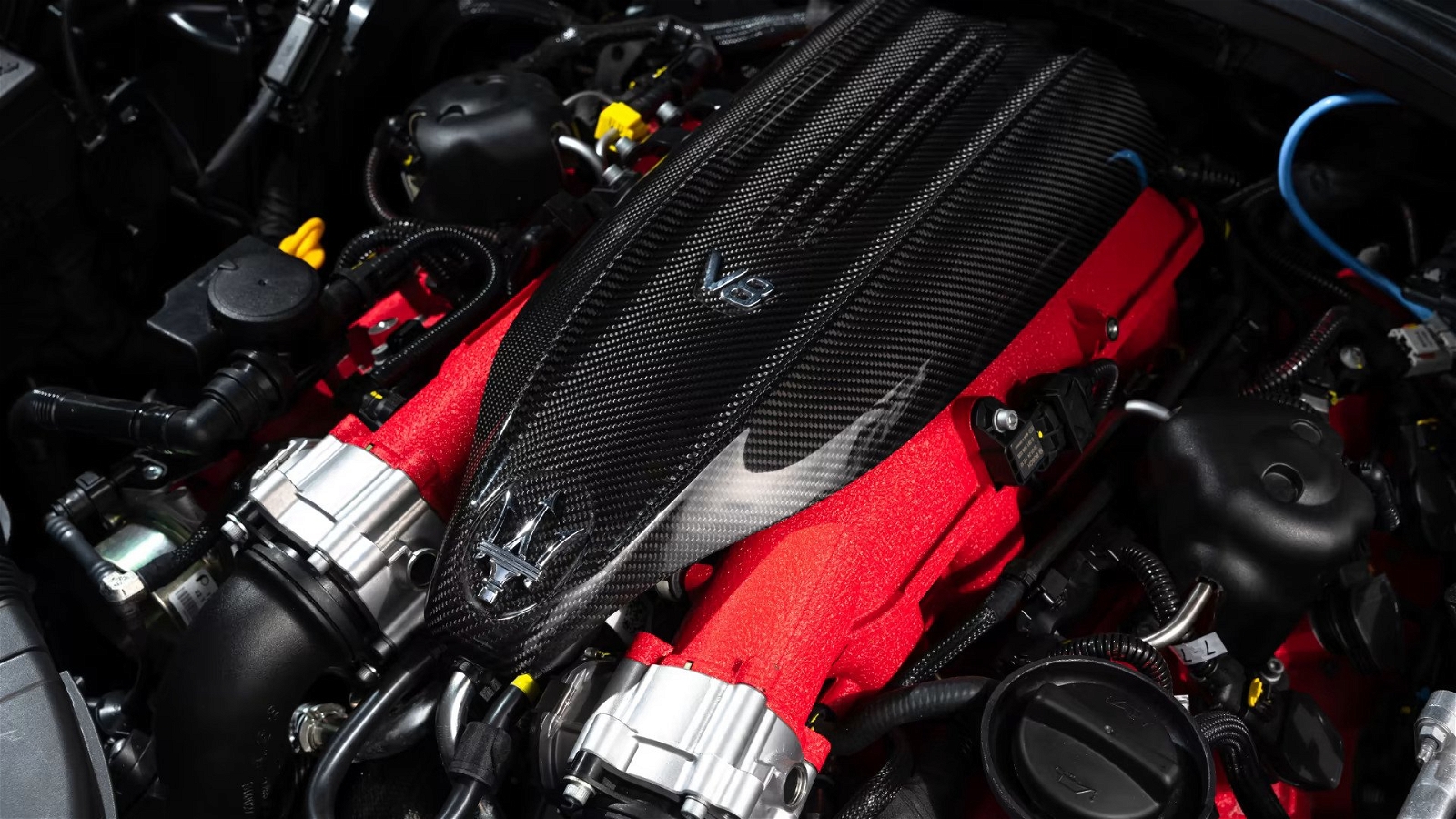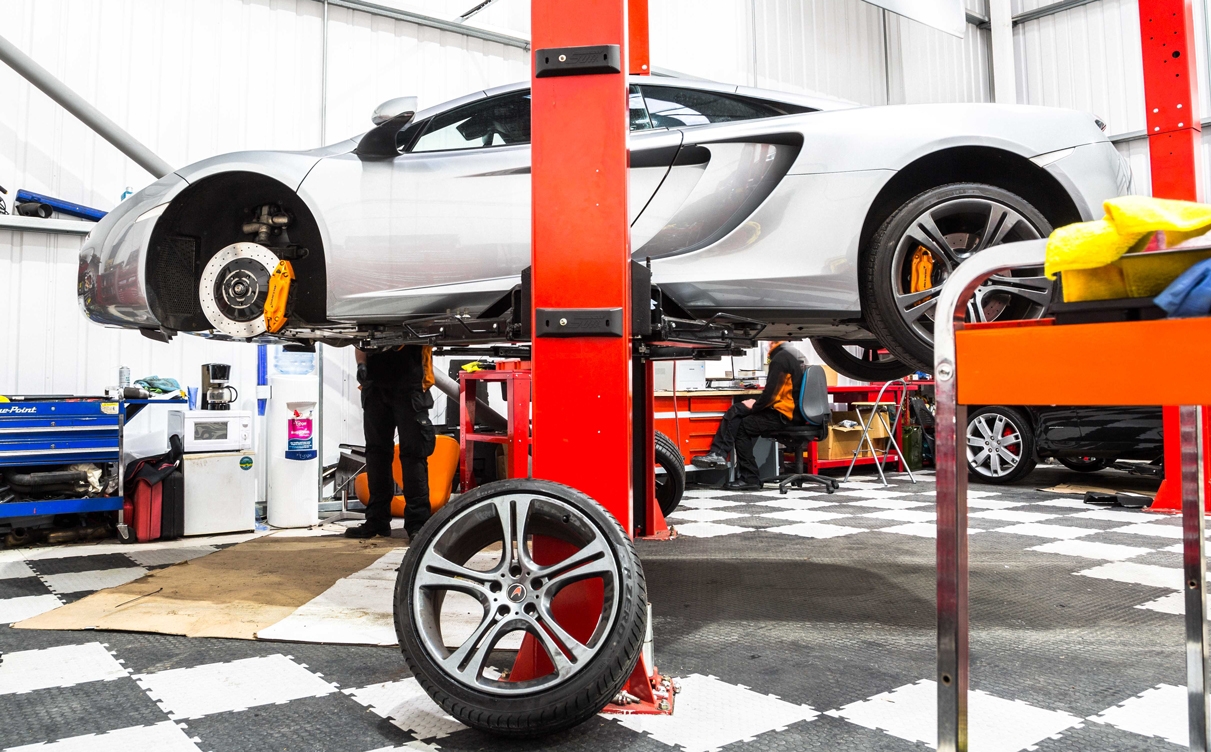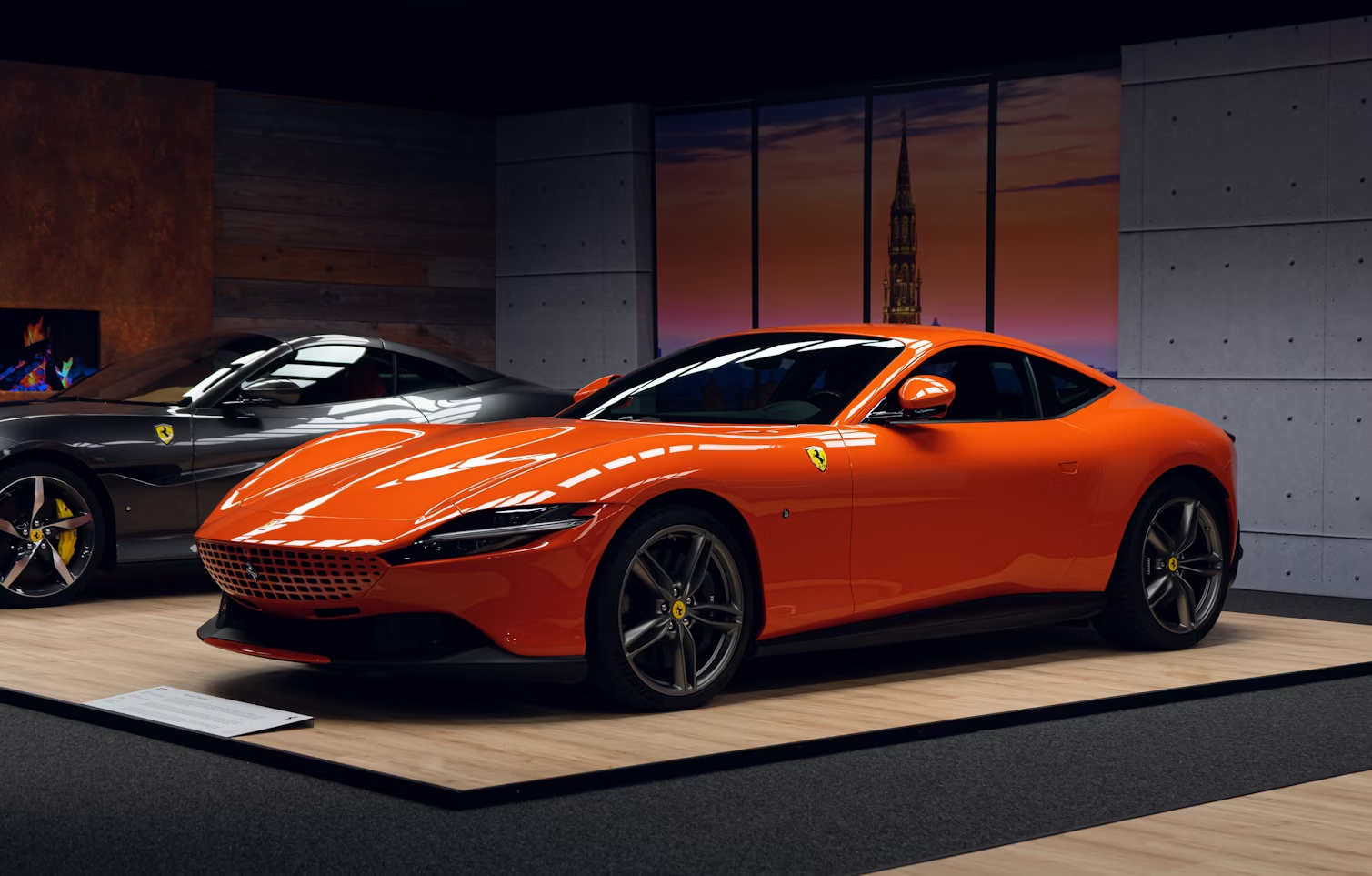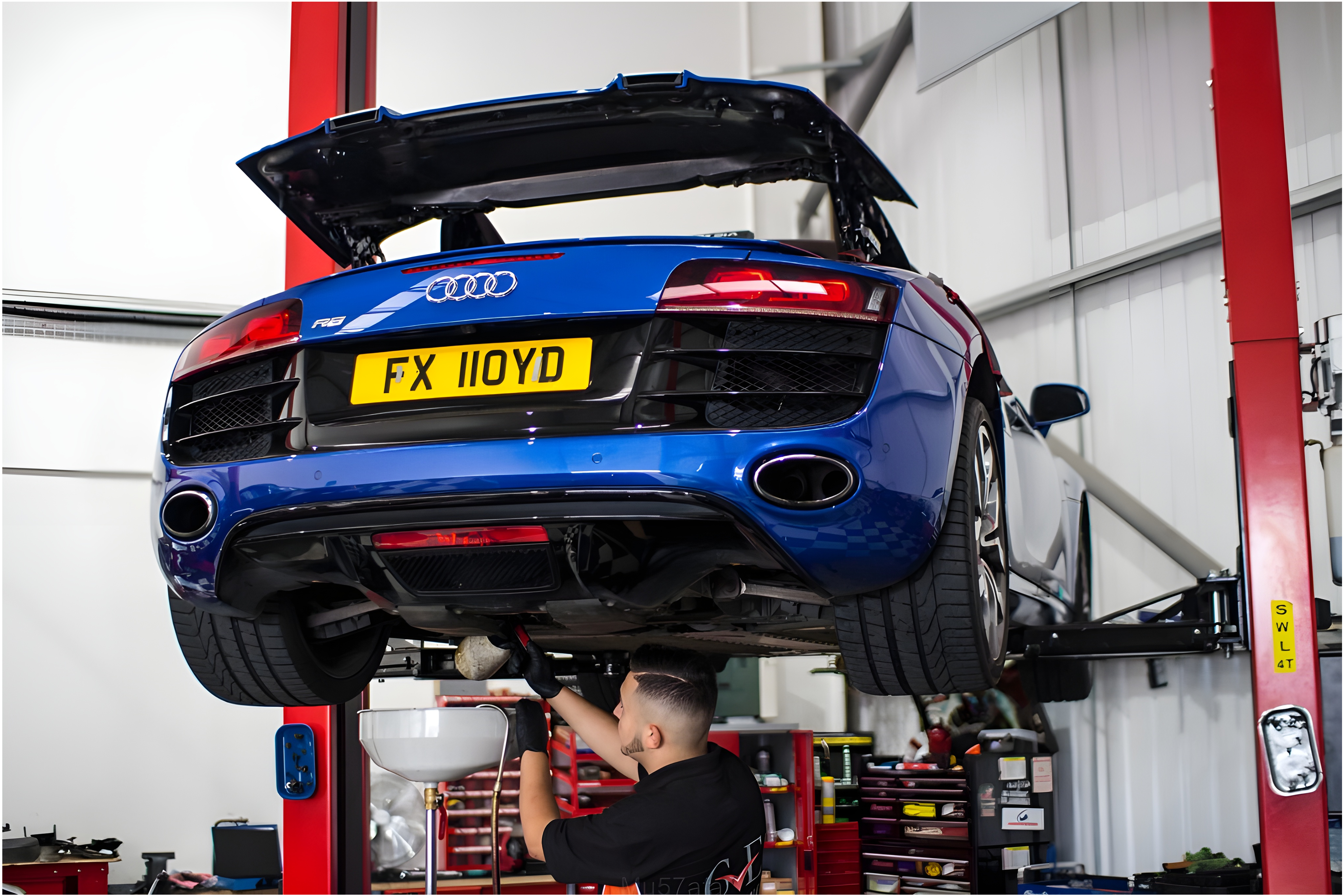
Maintenance Tips for Custom Supercar Exhausts
Discover essential maintenance tips for custom supercar exhausts to keep your vehicle performing at its best. Learn how to care for and prolong the life of your high-performance exhaust system.
Maintenance Tips for Custom Supercar Exhausts
Custom supercar exhaust systems are not only a performance enhancement but also a statement of individuality and style. However, to ensure their optimal performance and longevity, follow proper maintenance tips for custom supercar exhausts as key. In this comprehensive guide, we’ll delve into essential tips for maintaining custom supercar exhausts, empowering enthusiasts to preserve both the functionality and aesthetic appeal of their prized vehicles.
Understanding Custom Supercar Exhaust Systems
Before diving into maintenance tips, it’s crucial to understand the components and intricacies of custom supercar exhaust systems. These systems typically consist of headers, catalytic converters, mufflers, and tailpipes, all meticulously designed to optimize exhaust flow and enhance engine performance. Additionally, custom exhausts often feature premium materials such as titanium or stainless steel for durability and weight reduction.
Routine Inspection and Cleaning
Regular inspection and cleaning are fundamental maintenance practices for custom supercar exhausts. Begin by visually inspecting the entire exhaust system for signs of damage, such as cracks, rust, or loose fittings. Use a flashlight to check the internal surfaces of mufflers and catalytic converters for any buildup or blockages. Additionally, consider investing in a specialized exhaust cleaning solution to remove carbon deposits and debris, ensuring unrestricted exhaust flow and optimal performance.
Protective Coatings and Sealants
To safeguard custom exhaust systems from corrosion and environmental damage, consider applying protective coatings or sealants. Ceramic coatings offer excellent heat resistance and durability, reducing surface temperatures and preventing discoloration or degradation of exhaust components. Similarly, exhaust sealants create a protective barrier against moisture and contaminants, prolonging the lifespan of custom exhaust for supercar and preserving their appearance.
Temperature Management
Custom supercar exhausts are subjected to extreme temperatures during operation, which can accelerate wear and degrade performance over time. To mitigate heat-related issues, consider installing heat management solutions such as heat wraps or heat shields. Heat wraps insulate exhaust components, reducing radiant heat transfer to surrounding areas and minimizing the risk of heat-related damage. Meanwhile, heat shields deflect heat away from sensitive components, ensuring consistent exhaust system performance under demanding conditions.
Preventative Maintenance Measures
In addition to routine inspections and cleaning, implementing preventative maintenance measures can significantly extend the service life of custom supercar exhaust systems. This includes regular lubrication of exhaust hangers and mounting hardware to prevent corrosion and reduce vibration-induced stress. Moreover, addressing any exhaust leaks or abnormal noises promptly can prevent further damage and ensure the integrity of the entire exhaust system.
Professional Inspection and Tuning
While DIY maintenance is essential, entrusting your custom supercar exhaust to professionals for periodic inspection and tuning is equally crucial. Experienced technicians can conduct thorough assessments of exhaust components, diagnose potential issues, and fine-tune the system for optimal performance. Whether it’s adjusting exhaust backpressure or optimizing fuel-air mixture ratios, professional tuning ensures that your custom exhaust for supercar delivers maximum power and efficiency.
Performance Optimization
Achieving peak performance from a custom supercar exhaust involves precise tuning. This entails adjusting parameters like pipe diameter, length, and design to optimize power and torque. Dyno testing is often utilized to fine-tune exhaust flow and engine performance.
Custom exhausts not only boost performance but also contribute to the vehicle’s overall sound. Adjusting exhaust parameters allows enthusiasts to customize the exhaust note to their liking. Modifying factors such as muffler design and exhaust pipe diameter enables drivers to achieve their preferred sound, whether it’s a deep rumble or a high-pitched roar.
While performance enhancements are sought-after, ensuring emissions compliance is crucial. This involves selecting components and tuning strategies that boost power without compromising emissions levels. High-flow catalytic converters and precise calibration are often employed to meet regulatory standards.
Long-Term Care and Storage
Storing a vehicle with a custom exhaust for an extended period requires careful attention. It’s essential to store the vehicle in a dry, climate-controlled environment to prevent corrosion and rust on exhaust components. Using a car cover provides added protection against dust and debris.
Winterizing a vehicle with a custom exhaust involves additional precautions. Applying a rust inhibitor to exposed metal surfaces, draining fluids to prevent freezing, and elevating the vehicle can safeguard against moisture buildup and corrosion during harsh winter conditions.
For vehicles facing prolonged inactivity, such as during storage, preventative measures are essential. Periodically starting the engine to circulate fluids and lubricate components, as well as disconnecting the battery to prevent drain, helps maintain system integrity.
Warranty and Aftercare
Before installing a custom exhaust, it’s crucial to understand the warranty terms provided by the manufacturer or installer. This includes reviewing coverage for defects in materials and workmanship, as well as any additional benefits for performance enhancements.
In the event of a warranty claim, following proper procedures is vital. Documenting the issue, providing proof of purchase, and collaborating with authorized service centers expedite the claims process. Adhering to guidelines ensures timely resolution and receipt of eligible benefits.
Following Maintenance tips for custom supercar exhausts is key to preserving performance and longevity. Using recommended aftercare products like high-temperature cleaners and adhering to a maintenance schedule with periodic inspections and tune-ups helps identify and address issues promptly.
Conclusion
Maintaining custom supercar exhaust systems requires a combination of diligence, expertise, and quality products. By following the tips outlined in this guide, enthusiasts can preserve the performance, durability, and visual appeal of their custom exhaust systems for years to come. From routine inspections and cleaning to protective coatings and professional tuning, proactive maintenance is the key to unlocking the full potential of custom supercar exhausts.
Check out our video showcasing a professional health check being performed on an Audi R8, including checks on the brakes, tires, interior functionalities, and exterior components.
Frequently Asked Questions
Generally, the lifespan of a custom exhaust system can vary based on several factors such as driving habits, environmental conditions, and the quality of materials used in construction. On average, a premium aftermarket exhaust system can last between two to three years with proper maintenance and care.
For effectively cleaning black carbon buildup from exhaust tips, using a soap with a mild polish abrasive is recommended. One highly regarded product for this task is P21S Polishing Soap, which contains a gentle abrasive polish perfect for removing carbon deposits from exhaust tips.
Several factors can contribute to the deterioration of an exhaust system over time. One common issue is the buildup of condensation on the exhaust pipe or muffler, leading to the formation of rust. This occurs when the exhaust system heats up during operation and then cools down, creating an environment conducive to moisture accumulation. Over time, this moisture can lead to rust formation and compromise the integrity of the exhaust system. Regular inspection and maintenance can help prevent such damage.
Contact Us
"*" indicates required fields

